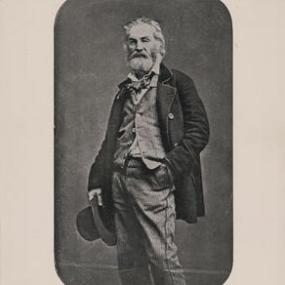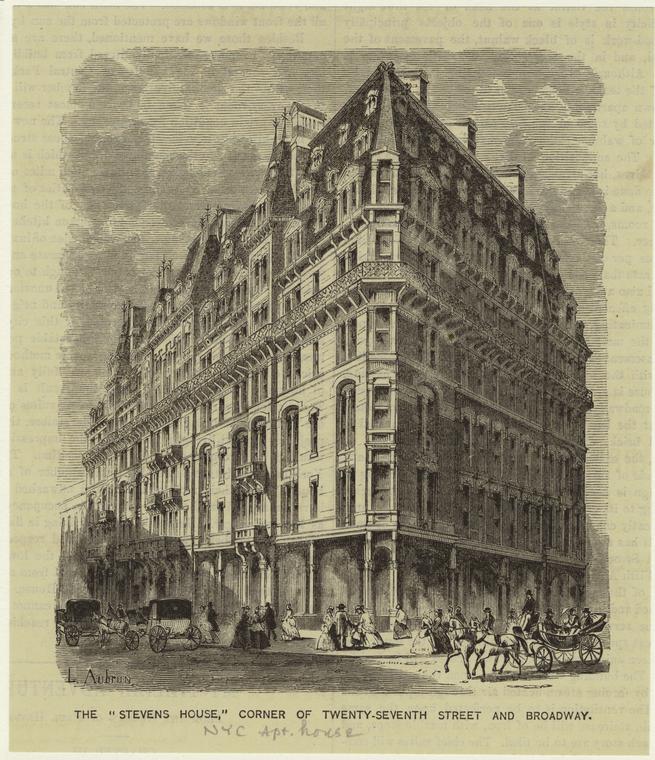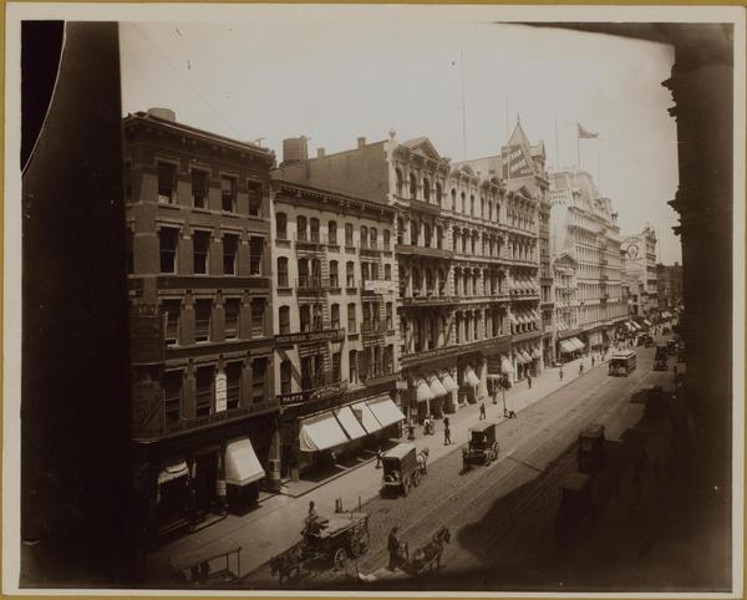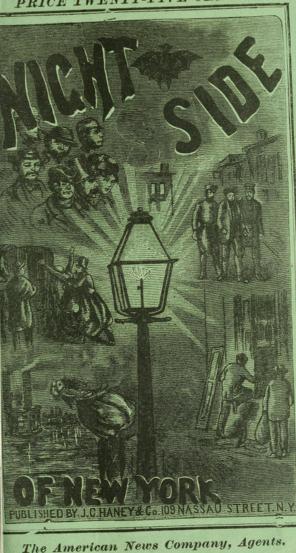The First Pfaff’s


It would not be beyond the realm of possibility, however, for Pfaff to have opened his first place in 1855 or 1856, beneath what would later come to be known as the Stevens House at 25 Broadway. After all, the Stevens House was going through a period of transition when Pfaff arrived. The Swiss-born restaurateurs Joseph and Lorenzo Delmonico had originally owned the hotel and restaurant. In 1855 Lorenzo Delmonico allowed his lease on the place to lapse, deciding to focus his efforts on a “more elaborate” establishment on the corner of Broadway and Chambers Street.5 Approximately one year later, in 1856, the hotel at 25 Broadway was reopened as the Stevens House.6 John O’Grady, Jr. is listed at this address as early as 1856 or 1857, and he was one in a succession of new proprietors for the hotel.7 By 1858 the “Steven’s House (Late Delmonico’s)” advertised “Meals at all hours from 5 A. M. to 12 night,” “coaches in attendance for any part of the city,” and servants who spoke “French, German, Spanish, and English.”8 Although there is no evidence beyond Cummings’s statement that Pfaff set up his own place near the Stevens House or that he was in any way associated with the hotel itself, it is easy to see why Pfaff—having just left his position as a waiter in Switzerland, and now seeking to establish his own eating house in the city—would have been attracted to this hotel. It is also tempting to speculate that Pfaff, who spoke German and French himself, might have found patrons among the hotel’s clientele and/or that the Stevens House might have presented Pfaff with other opportunities for employment as a waiter until he was able to afford and open his own eating establishment. Finally, given that Pfaff’s cellar restaurant at 647 Broadway was beneath the Coleman House Hotel, that the 653 Broadway location was also in a basement, and that even Pfaff’s final place consisted of a saloon with rooms to rent above it, it would not be unreasonable to think that he may have been similarly situated under the Stevens House early in his restaurant career.9

Regardless of whether it was the first Pfaff’s or the second, it is certain that Charles Pfaff opened an eating and drinking house at 685 Broadway at least by 1858. In Trow’s New York City Directory printed in 1858 for the year ending on May 1, 1859, the entry for Charles Pfaff locates his “eating house” at this address, which was “two doors above Amity Street,” according to an October 1858 advertisement for another nearby business.10 By setting up and operating an eating house, which was designated as a “restaurant, wine, lager” place in another city directory in 1859, Pfaff seems to have become one of the many German immigrants in New York who “specialized in beer halls and wine gardens” in hopes of attracting local customers “from particular neighborhoods, trades, vereins [organizations], or old country regions.”11 Together, Pfaff and his wife are believed to have managed the small cellar for “die Kutscher, Baurarbeiter, Handwerker und Botenjungen aus den Geschäftshäusern der U mgebung bedienten” [“the drivers, construction workers, craftsmen, and messenger boys from the surrounding business houses”].12

A New York guidebook suggestively titled The Night Side of New York: A Picture of the Great Metropolis After Nightfall (1866) presents Charles Pfaff as a permanent fixture in this early establishment, constantly and carefully catering to the needs of his customers, and as an up-and-coming proprietor, responsible for a growing family. His young son, Charles Pfaff, Jr., could not have been more than one or two-years-old when he accompanied his father to the eating house: “You should have seen Pfaff himself, in those days, rushing about among his guests with a small child under his arm, just as if, in the hurry of the moment, he had mistaken C. Pfaff, Jr., for a napkin, and was going to wipe the table with him.”13 Pfaff’s original circle of customers—those that witnessed him cleaning tables while proudly carrying his son around the cellar—likely included the aforementioned local laborers as well as European patrons of French and German origin that formed Pfaff’s “small and select clientele.”14 However, “a knot of literary men and artists” soon discovered this cellar and made it their regular gathering place. This circle of writers and artists “‘drew' and their channels for publishing a good thing carried round the name of Pfaff,” so that Pfaff’s tiny cellar was soon filled to capacity.15
This page has paths:
- “GO TO PFAFF’S!” Audrey Clancy